Cattle that have been grazing since early April will have been picking up internal parasites, with the most common being gut worms.
With a growing focus on fieldwork at this time of year, it can be easy to miss the early signs of a worm problem.
However, when left untreated, gut worms will impact negatively on liveweight gain in store cattle and calves. Outlined are some tips to follow when treating calves for worms.
1. Which cattle are at risk?
Most at risk are autumn-born weanlings, yearling stores and replacement heifers. Early spring-born calves will also be risk, as their reliance on grazed grass grows.
Late-April- and May-born calves should be OK until next month. That said, keep a close eye on these animals, especially after rain, as worm populations will multiply quickly.
While mature cows will have developed immunity to gut worms, it is worthwhile treating first-calved heifers, as they are under physical stress in the first lactation, leaving animals susceptible to worm burdens.
2. When to dose?
Treating animals too early is almost as bad as treating too late. Wait until you notice around 25% of the group showing symptoms of worms before treating, as this will give a more effective kill and cover period.
3. Batch animals evenly
When treating cattle with a worm drench, it is always a good idea to group cattle as even as possible in size and weight.
This way, when evenly-sized cattle are standing in the handling race, there is less need to readjust the dosing gun after each use, as animals should receive a similar treatment rate.
Set the dosing gun to the treat the heaviest animal in each group and reset the applicator every time you fill the handling race.
Treating cattle in the race is not only safe for the operator, it allows you to administer the dose correctly.
4. Choosing a product
Choose a product which is appropriate for the parasites you wish to target. Where cattle are grazing on out-farms with no handling facilities, it will be more practical to use a product with a much longer cover period. Always follow the product guidelines when dosing animals.
5. Be careful when separating cows and calves
Safety is paramount when working with cattle, both for the farmer and animals. But be particularly careful when working with cows and calves.
When separating calves from their dam to administer a worm dose, make sure you can do safely, as some cows may get aggressive.
Read more
Beef price recovery continues
Watch: Thrive update – getting grass right
Cattle that have been grazing since early April will have been picking up internal parasites, with the most common being gut worms.
With a growing focus on fieldwork at this time of year, it can be easy to miss the early signs of a worm problem.
However, when left untreated, gut worms will impact negatively on liveweight gain in store cattle and calves. Outlined are some tips to follow when treating calves for worms.
1. Which cattle are at risk?
Most at risk are autumn-born weanlings, yearling stores and replacement heifers. Early spring-born calves will also be risk, as their reliance on grazed grass grows.
Late-April- and May-born calves should be OK until next month. That said, keep a close eye on these animals, especially after rain, as worm populations will multiply quickly.
While mature cows will have developed immunity to gut worms, it is worthwhile treating first-calved heifers, as they are under physical stress in the first lactation, leaving animals susceptible to worm burdens.
2. When to dose?
Treating animals too early is almost as bad as treating too late. Wait until you notice around 25% of the group showing symptoms of worms before treating, as this will give a more effective kill and cover period.
3. Batch animals evenly
When treating cattle with a worm drench, it is always a good idea to group cattle as even as possible in size and weight.
This way, when evenly-sized cattle are standing in the handling race, there is less need to readjust the dosing gun after each use, as animals should receive a similar treatment rate.
Set the dosing gun to the treat the heaviest animal in each group and reset the applicator every time you fill the handling race.
Treating cattle in the race is not only safe for the operator, it allows you to administer the dose correctly.
4. Choosing a product
Choose a product which is appropriate for the parasites you wish to target. Where cattle are grazing on out-farms with no handling facilities, it will be more practical to use a product with a much longer cover period. Always follow the product guidelines when dosing animals.
5. Be careful when separating cows and calves
Safety is paramount when working with cattle, both for the farmer and animals. But be particularly careful when working with cows and calves.
When separating calves from their dam to administer a worm dose, make sure you can do safely, as some cows may get aggressive.
Read more
Beef price recovery continues
Watch: Thrive update – getting grass right




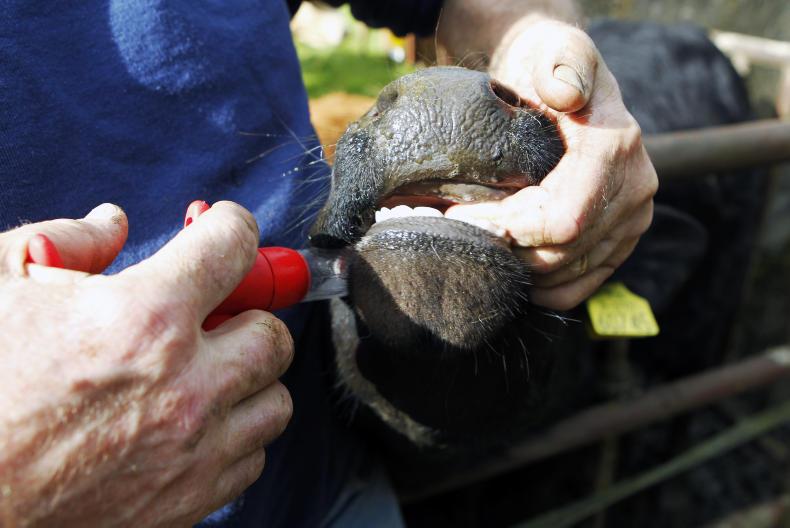
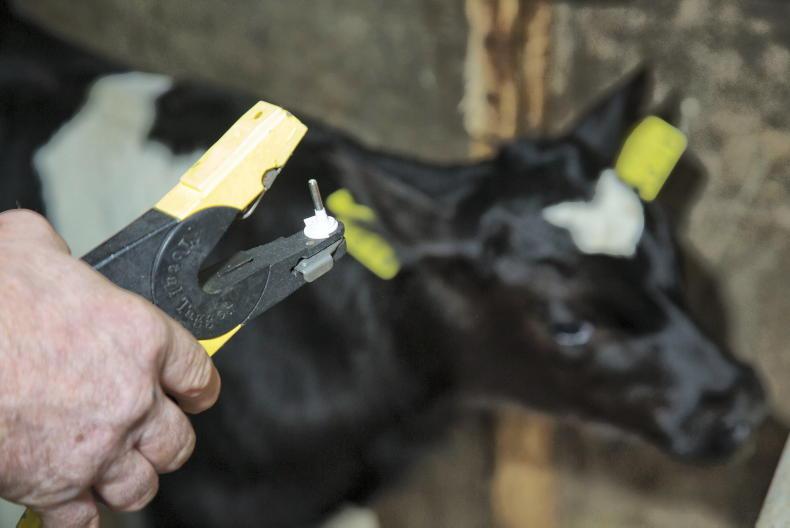

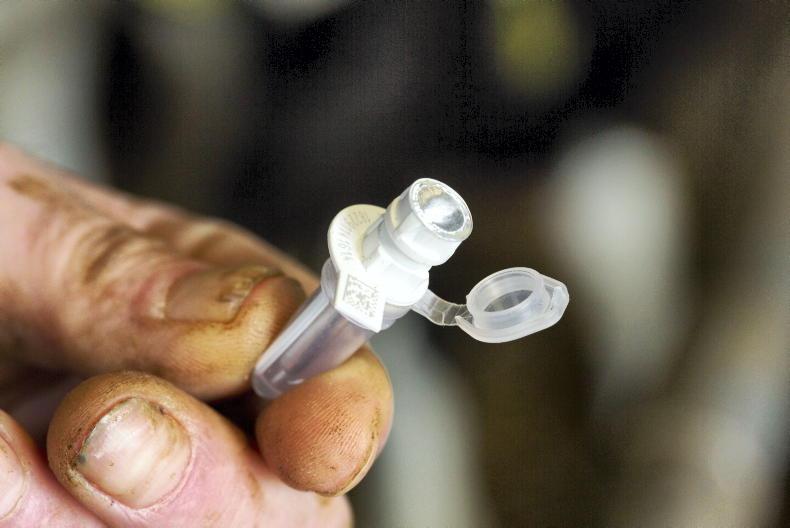
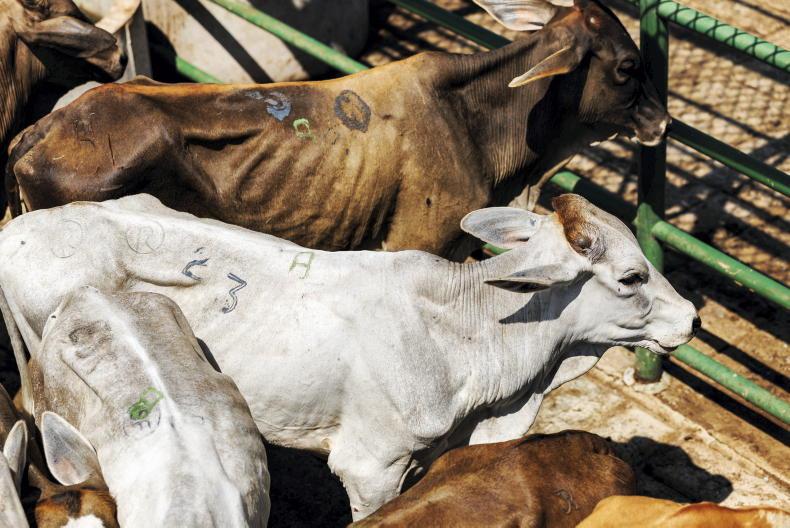
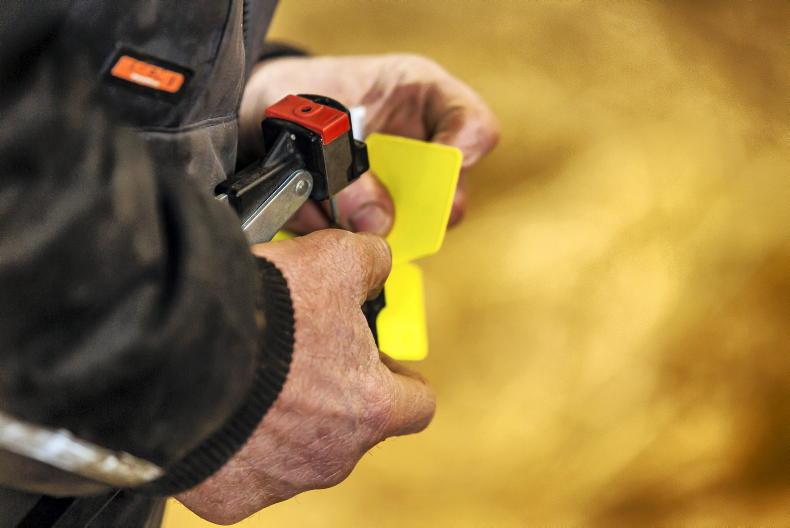
SHARING OPTIONS